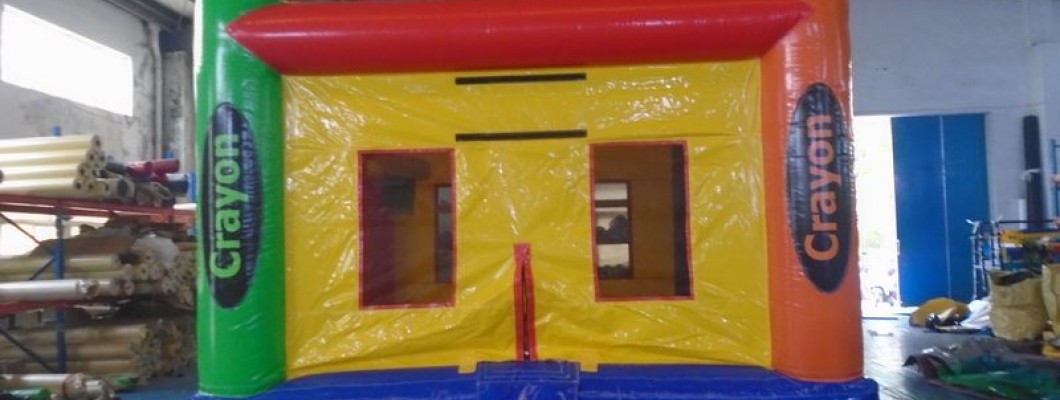
Bounce houses are a source of fun and excitement for children, but for children with disabilities, they may present barriers to participation. By making thoughtful adjustments, inflatable play equipment can be more inclusive, ensuring that all children, regardless of ability, can enjoy this playful environment.
Design Considerations for Inclusivity
Creating inclusive bounce houses requires attention to the unique needs of children with various disabilities, such as mobility impairments, sensory sensitivities, or cognitive challenges. Some design ideas include:
- Wider Entrances and Low Ramps: Ensure that entrances are wide enough for wheelchairs and include ramps with gentle slopes to allow for easy access.
- Supportive Walls and Handles: Installing soft, supportive walls and handrails within the bounce house can assist children with mobility difficulties in maintaining balance.
- Non-Slip Surfaces: Utilizing non-slip materials can provide added stability and reduce the risk of falls for children who have motor impairments.
Addressing Sensory Needs
Some children with disabilities experience sensory sensitivities that may make traditional bounce houses overwhelming. Sensory-friendly modifications can help:
- Quiet Zones: Incorporate quieter areas inside or adjacent to the bounce house where children can take breaks if they feel overstimulated.
- Lower Sound Levels: Use quieter inflators and materials that reduce sound reverberation inside the bounce house to create a calmer environment.
- Varied Textures: Introducing a variety of textures on the surfaces inside the bounce house can provide a stimulating yet comfortable experience for children with sensory needs.
Supervision and Assistance
Inclusive bounce houses also require appropriate supervision and support:
- Trained Staff: Ensure that event staff or supervisors are trained in helping children with disabilities and are familiar with inclusive practices.
- Personal Aides: Allow personal aides or caregivers to enter the bounce house to assist children who may need one-on-one support.
- Buddy Systems: Implementing a buddy system where children are paired with others can encourage social interaction and cooperative play.
Conclusion
By making bounce houses more inclusive for children with disabilities, we can create an environment where all children have the opportunity to participate in active, fun, and meaningful play. Through thoughtful design, sensory accommodations, and supportive supervision, these inflatables can become accessible to a wider range of children, fostering inclusivity and joy for everyone.

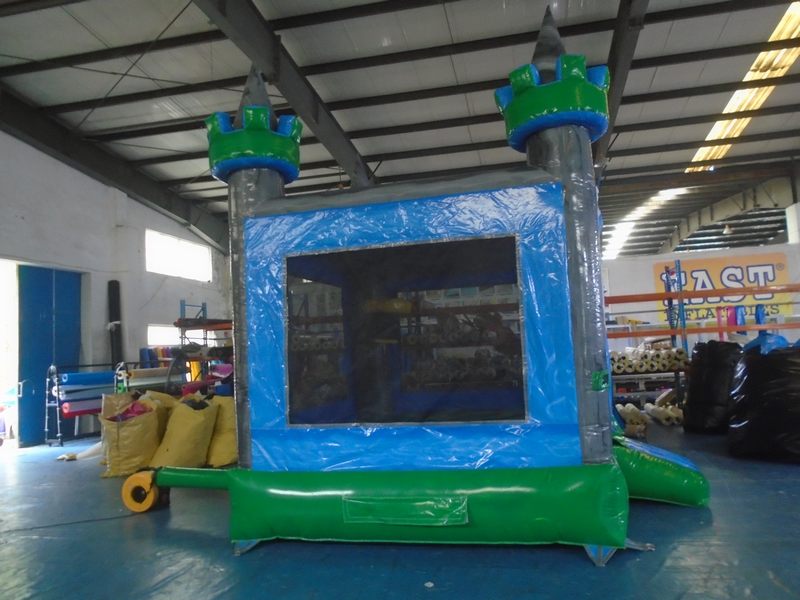
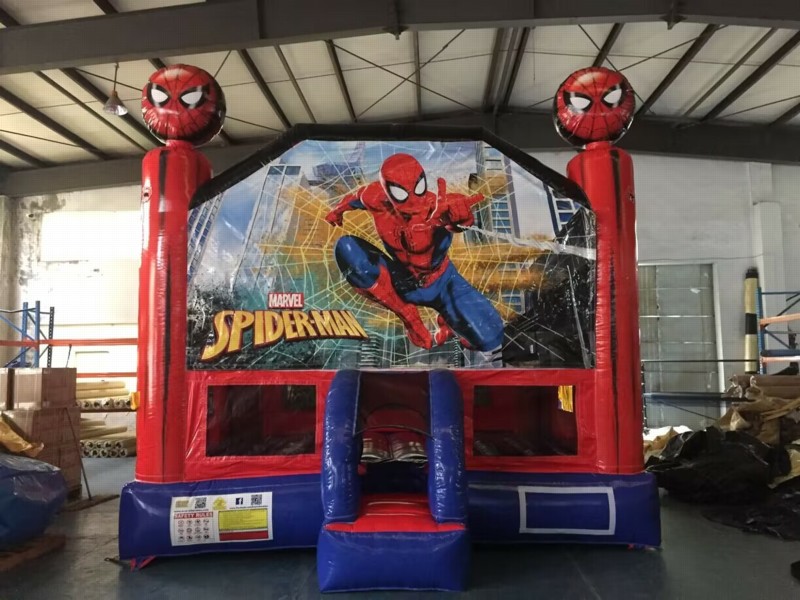
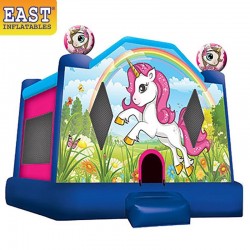
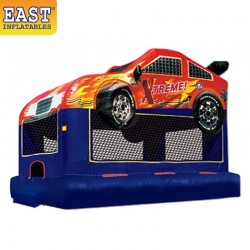
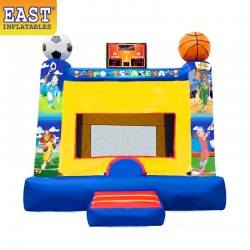
Leave a Comment